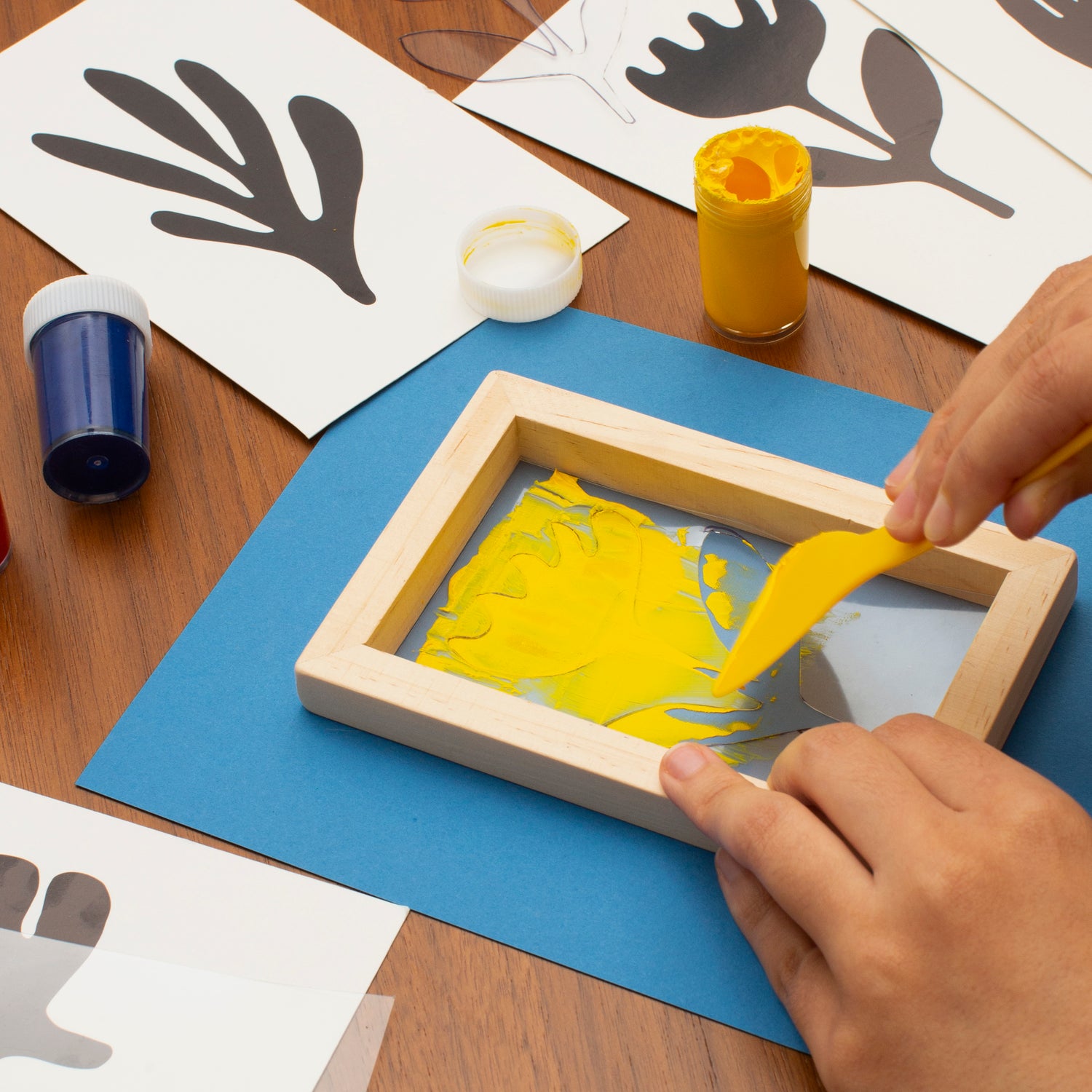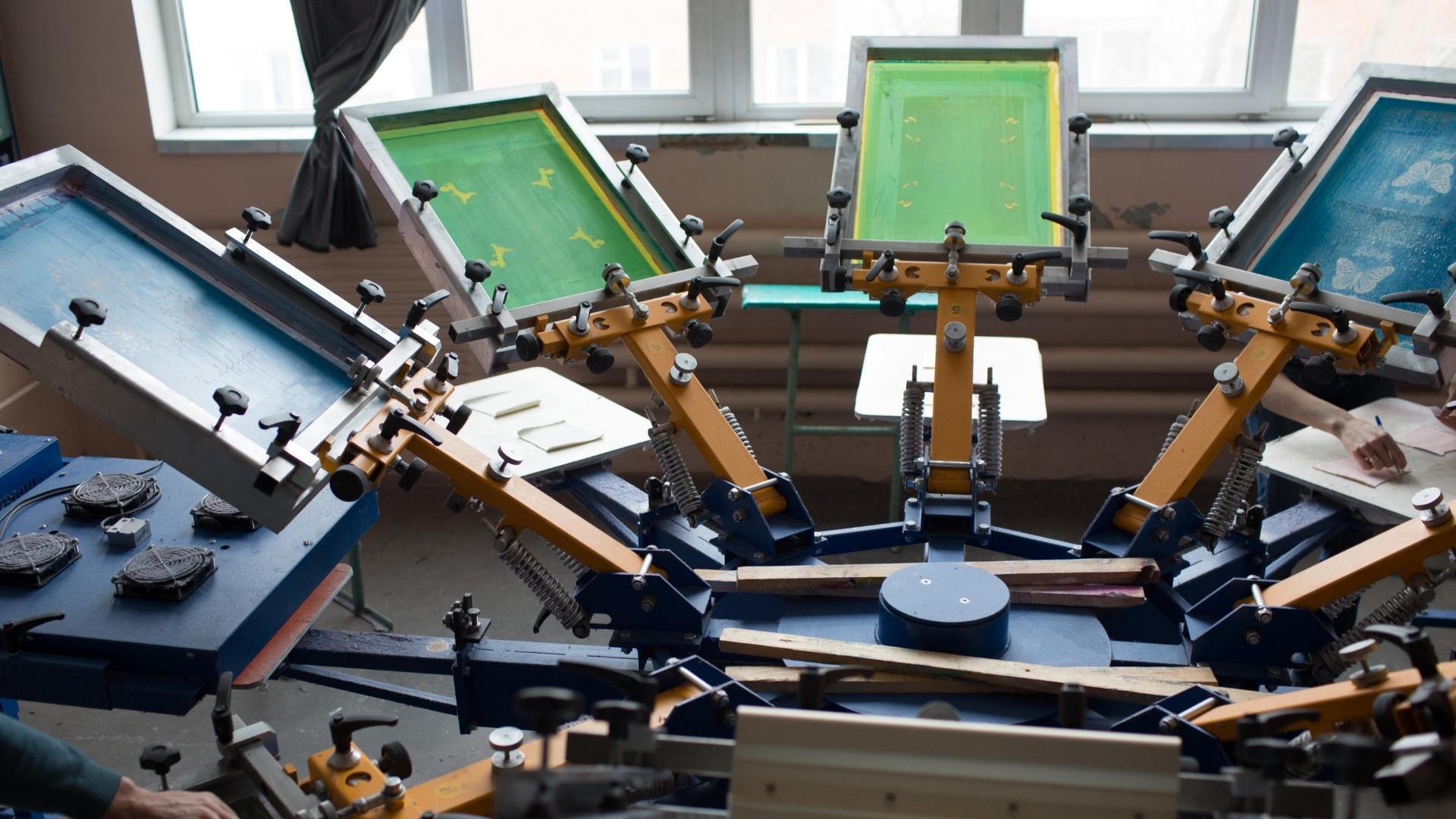ChatGPT said: 10:9 Design reviews: uncovering the customer verdict
Wiki Article
The Crucial Guide to Understanding Screen Printing and Its Versatile Makes use of
Screen printing has a rich background that goes back to ancient times, advancing into a sophisticated method used throughout different industries today. This overview explores the ins and outs of the screen printing process, describing its applications in fashion, advertising, and home style - 10:9 Design LLC Company. Recognizing these fundamentals can open imaginative capacity for both business and imaginative tasks. The complying with areas will certainly reveal necessary tips and methods to enhance one's screen printing venturesThe History of Screen Printing
Although screen printing has origins that map back centuries, its evolution reflects the technical and creative advancements of various societies. Originating in ancient China, the method was at first utilized for enhancing fabrics and later infect Japan, where it came to be integral to Ukiyo-e woodblock printing. The method shifted to Europe in the 18th century, where it acquired popularity among artisans and commercial printers. The innovation of picture emulsion in the 20th century transformed screen printing, permitting more elaborate designs and greater efficiency. Artists like Andy Warhol even more moved its appeal, using the tool to develop legendary jobs that mixed commercialism and fine art. By the late 20th century, screen printing had developed itself as a functional strategy, utilized in vogue, advertising, and fine art. Today, it proceeds to progress, incorporating digital technology and increasing its applications throughout different industries.The Screen Printing Refine Explained
Screen printing changes creative visions into substantial styles through a collection of exact steps. Initially, a photo is developed and afterwards transferred onto a screen, generally made of great mesh textile extended over a frame. A light-sensitive solution is related to the screen, which is revealed to light, hardening in areas not covered by the picture. After rinsing the unhardened solution, a pattern is formed.Next off, the screen is put over the substratum, whether it be textile, paper, or an additional material. Ink is after that pushed through the open locations of the stencil using a squeegee, depositing the design onto the substratum listed below. This process can be duplicated for numerous colors, requiring separate displays for each color. The published item is treated making use of heat to ensure the ink sticks properly, resulting in a long lasting, vibrant design prepared for usage.
Types of Screen Printing Techniques

Additionally, specialized techniques, such as discharge screen printing, get rid of dye from the textile to create softer prints, while aluminum foil screen printing applies metal foil to accomplish a shiny surface (10:9 Design LLC Company). Each method uses unique features, satisfying various imaginative demands and manufacturing ranges, inevitably increasing the opportunities within the screen printing domain name
Applications of Screen Printing in Various Industries

Additionally, the signs and marketing fields utilize screen printing for creating distinctive displays and banners. This technique enables vibrant colors and elaborate layouts that capture attention. In electronic devices, screen printing is utilized for using conductive inks to motherboard, crucial for element connections. In addition, the home décor industry accepts screen printing to produce unique layouts on fabrics and wall art. On the whole, screen printing functions as a vital tool throughout diverse areas, improving items with customized and aesthetically enticing graphics.
Tips for Successful Screen Printing Projects
While carrying out a screen printing job, cautious attention to detail can significantly improve the final end result. Selecting high-quality products is vital; this includes the screen, inks, and substrates. Making use of suitable mesh counts can influence ink deposition and information resolution. Prep work is similarly essential; thorough cleansing of screens and correct direct exposure times guarantee crisp prints.Next off, precise registration is crucial for multi-color prints. Using positioning tools can help accomplish exact layering. Additionally, testing prints on scrap materials prior to manufacturing helps recognize prospective concerns without losing sources.

Regularly Asked Questions
What Materials Are Ideal for Screen Printing on Textile?
Cotton and polyester blends are door sign printable suitable for screen printing on fabric as a result of their toughness and ink absorption. Additionally, specialized materials like silk or canvas can produce special appearances and surfaces, improving the total layout high quality.Just how Do I Tidy and Maintain Screen Printing Tools?
To preserve and clean screen printing tools, one need to frequently wash displays with appropriate solvents, examine mops for wear, lubricate relocating parts, and shop all items in a dry, dust-free setting to prolong their life-span.What Are the Environmental Effects of Screen Printing?
Screen printing can have significant ecological impacts, including chemical waste from inks and solvents, water use during cleaning procedures, and power consumption. Lasting methods and environmentally friendly materials are vital for lessening these adverse effects.Can Screen Printing Be Done in your home Efficiently?
Screen printing can be successfully done at home with the best materials and methods. Hobbyists can produce top quality prints, though success depends upon their ability degree, tools, and understanding of the procedure included.
What Are the Prices Connected With Beginning a Display Printing Company?

Beginning a screen printing company includes prices for tools, materials, and office. Preliminary expenditures normally range from a couple of hundred to several thousand dollars, depending upon the range, high quality of machinery, and desired production ability.
Screen printing has a rich background that dates back to old times, developing right into an advanced strategy utilized throughout numerous sectors today. One more method, rotating screen printing, utilizes round screens, helping with continual printing on material rolls, thus boosting effectiveness for large productions. In addition, specialty methods, such as discharge screen printing, eliminate dye from the textile to produce softer prints, while aluminum foil screen printing uses metal foil to achieve a shiny coating. In the fashion industry, screen printing is commonly made use of to produce lively designs on garments, making it possible for brands to display their distinct styles. Cotton and polyester blends are optimal for screen printing on material due to their durability and ink absorption.
Report this wiki page